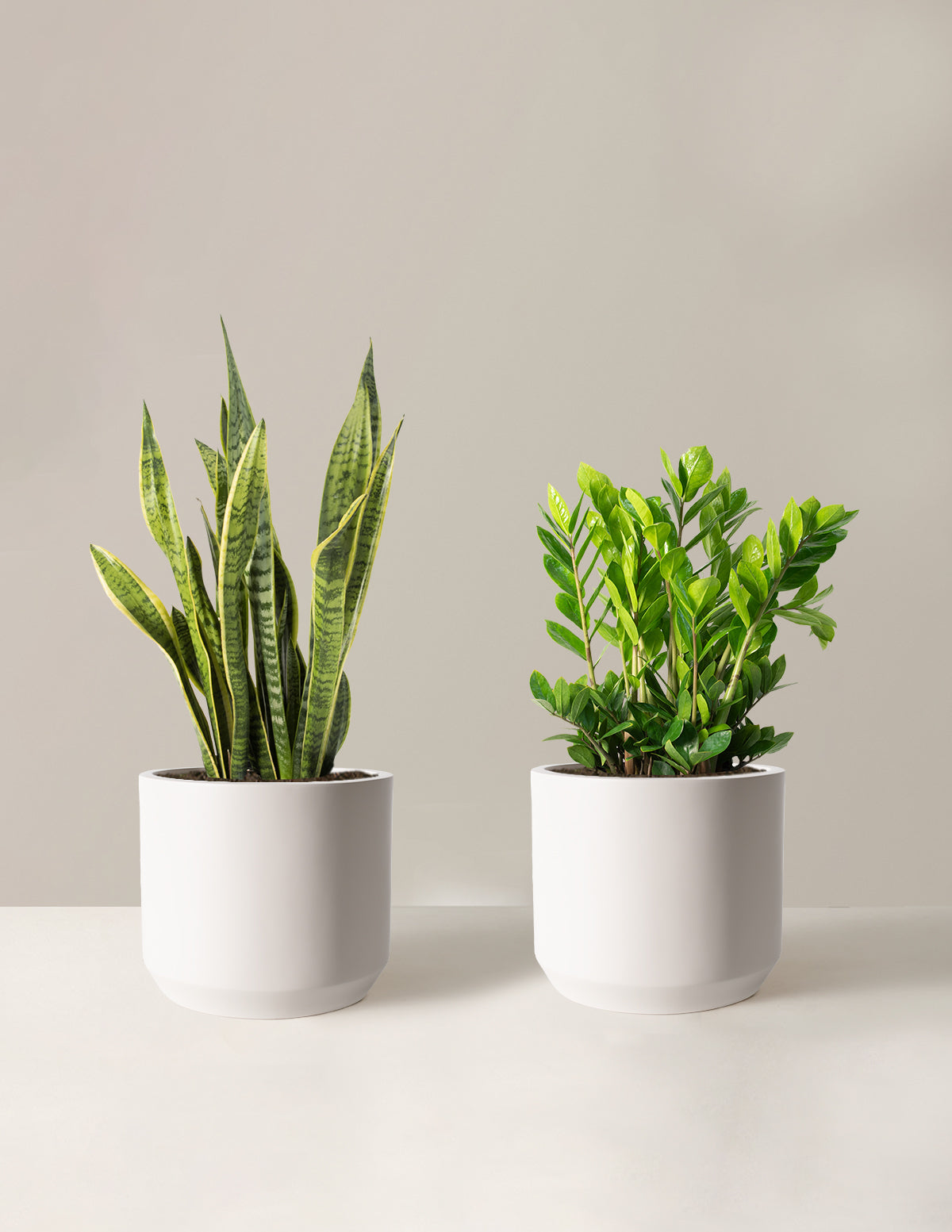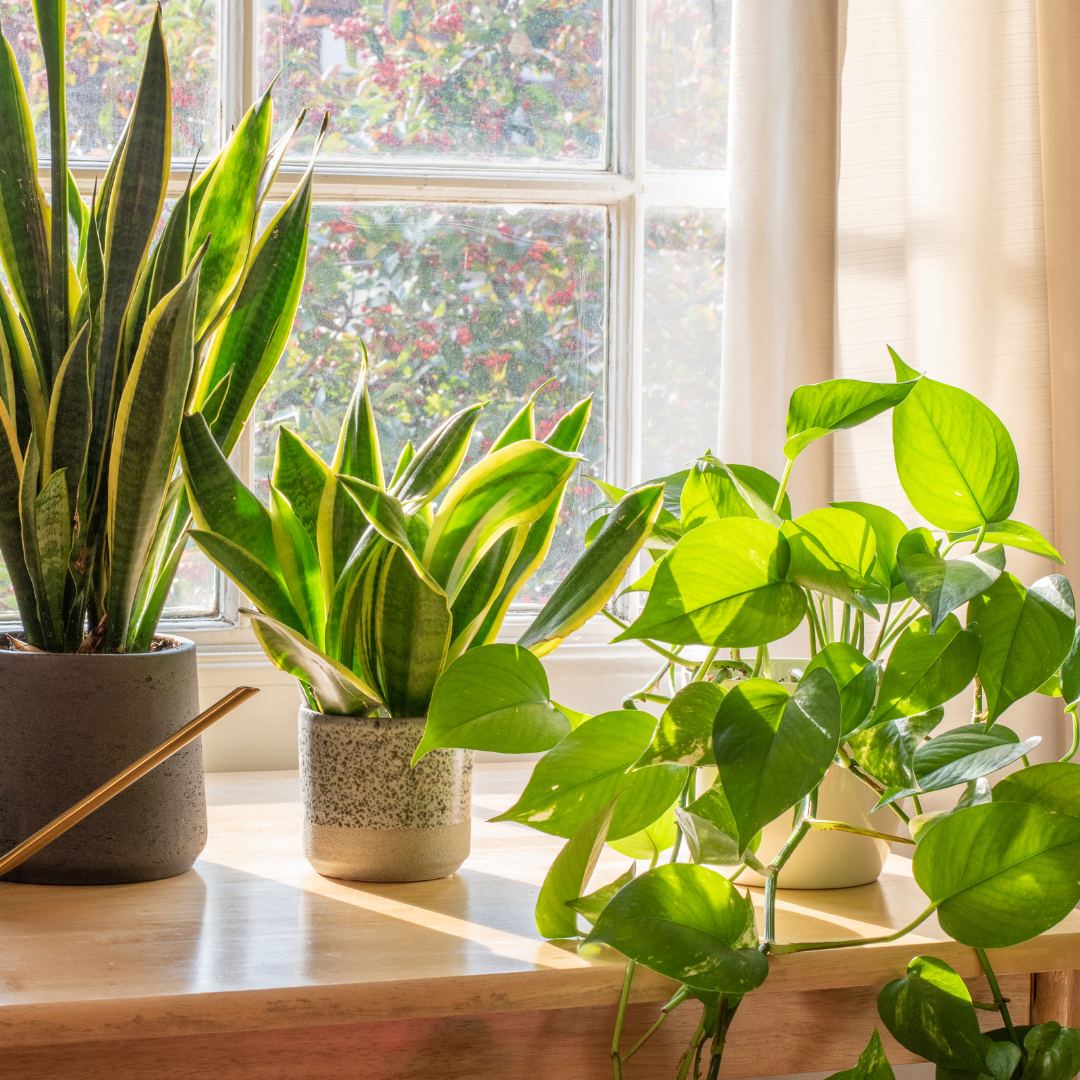How to Choose the Best Low-Light Indoor Plants for Your Interior Design Needs
How to Choose the Best Low-Light Indoor Plants for Your Interior Design Needs
Blog Article
Transform Your Home With Beautiful Low-Light Indoor Plants and Their Advantages
Including low-light indoor plants into your home can considerably boost both the aesthetic and ecological quality of your home. These plants, which thrive in dark conditions, serve not just as ornamental aspects but additionally as all-natural air cleansers, making them perfect for metropolitan dwellers or those with limited sunlight exposure. As we explore the various kinds of low-light plants and their advantages, you may locate surprising ways to incorporate them right into your home that can transform your surroundings in methods you may not have anticipated.
Benefits of Low-Light Plants
Low-light plants provide various advantages for indoor atmospheres, making them an exceptional option for both beginner and knowledgeable garden enthusiasts. Among the primary benefits is their flexibility to low-light problems, enabling individuals to improve their space without the requirement for considerable sunlight exposure. This particular makes them ideal for apartments, workplaces, and other areas with restricted all-natural light.

Moreover, incorporating low-light plants into home decoration can raise the aesthetic charm of an area. Their rich vegetation and varied textures create a relaxing atmosphere, adding to total well-being. Last but not least, the presence of plant has actually been linked to reduced stress degrees and boosted performance, making low-light plants a practical choice for enhancing both physical and mental health and wellness in indoor settings.
Leading Low-Light Indoor Plants
While numerous interior plants thrive in intense light, a number of species are specifically fit for low-light problems, making them suitable for numerous interior areas. One popular option is the Serpent Plant (Sansevieria), known for its striking upright fallen leaves and resilience, calling for minimal treatment. Another excellent option is the Pothos (Epipremnum aureum), which includes heart-shaped fallen leaves and can route magnificently from hangers or shelves, growing in reduced light and adding a rich touch.
The ZZ Plant (Zamioculcas zamiifolia) is commemorated for its shiny leaves and capacity to hold up against disregard, making it excellent for hectic lifestyles. Likewise, the Tranquility Lily (Spathiphyllum) not only tolerates reduced light but also generates spectacular white blooms, boosting any type of room's visual.
For an one-of-a-kind touch, take into consideration the Cast Iron Plant (Aspidistra elatior), which without a doubt lives up to its name, prospering in the darkest edges of your home. The Chinese Evergreen (Aglaonema) provides a variety of fallen leave patterns and shades while being incredibly flexible in low-light problems. These plants not only enhance indoor environments but additionally add to air purification, enhancing your space.
Treatment Tips for Low-Light Plants

Sprinkling practices are important; these plants frequently favor somewhat completely dry conditions. Overwatering can bring about root rot, so make sure that the top inch of dirt is dry prior to sprinkling once again. Usage pots with drain openings to permit excess wetness to get away.
Humidity is another essential aspect. Several low-light plants, such as ferns and peace lilies, gain from greater moisture degrees. To enhance moisture, think about misting the leaves or positioning a tray of water near the plants.
Fertilizing should be come close to with care. Throughout the expanding season, use a weakened, balanced liquid fertilizer on a monthly basis to sustain growth, but stay clear of feeding throughout the inactive winter season.

Imaginative Ways to Show Plants
Interior plants can serve as captivating centerpieces in any room, improving both visual charm and setting. Imaginative displays can raise the aesthetic effect of low-light plants, making them an important component of your home design. One efficient method is to utilize tiered plant look at this site stands, which allow you to display numerous plants at differing elevations while making the most of floor space.
Hanging planters are an additional ingenious option, developing a feeling of depth and drawing the eye upward. Consider macramé wall mounts or wall-mounted shelves to introduce a distinct texture and style.
For an extra organized technique, use geometric terrariums or glass containers to house your plants, adding a modern touch to your interior garden. You can also repurpose classic things, such as teacups or wooden cages, for an eclectic display screen that shows your personality.
Enhancing Home Ambiance With Plants
Integrating low-light plants right into your home not only improves visual charm however also adds significantly to the overall ambiance. These plants function as all-natural design components, presenting a sense of peace that can change any type of area. The existence of greenery cultivates a soothing atmosphere, which is specifically valuable in high-stress settings such as office or living areas.
Low-light plants, such as serpent plants, pothos, and ZZ plants, are not only aesthetically pleasing yet also boost indoor air top quality by filtering toxins. This dual function boosts the atmosphere further, developing a healthier space (Best low-light indoor plants). The tactical positioning of these plants can also affect the perception of area; for instance, tall plants can attract the eye upward, making ceilings show up higher and spaces extra roomy
In addition, varying appearances and colors of foliage add deepness to interior decoration, permitting for creative expression in home styling. Whether put on shelves, in corners, or as focal points, low-light plants can boost the mood of any kind of room. In recap, including these plants right into your home is an effective method to promote a cozy, welcoming ambience while reaping the benefits of enhanced air high quality and aesthetic versatility.
Conclusion
Incorporating low-light indoor plants into home environments supplies numerous benefits, including enhanced aesthetic appeal and improved air quality. These resilient plants, such as the Snake Plant and Peace Lily, require marginal light and upkeep, making them ideal for varied lifestyles. Their check out here ability to filter pollutants adds to a healthier living space, while their varied textures and shades improve indoor decoration (Best low-light indoor plants). Eventually, the addition of low-light plants fosters a peaceful and inviting ambiance, transforming any kind of home right into a tranquil sanctuary.
While lots of indoor plants grow in intense light, a number of species are particularly fit for low-light conditions, making them optimal for various interior spaces. One reliable technique is to use tiered plant stands, which permit you to showcase numerous plants at varying elevations while making best use of floor room.
Low-light plants, such as serpent plants, pothos, and ZZ plants, are not only cosmetically pleasing however also enhance indoor air quality by filtering system toxins. Best low-light indoor plants. The critical placement of these plants can likewise influence the perception of area; for instance, high plants can draw the eye up, making ceilings appear higher and rooms much more sizable
These resilient plants, such as the Serpent Plant and Tranquility Lily, need marginal light and maintenance, content making them appropriate for varied lifestyles.
Report this page